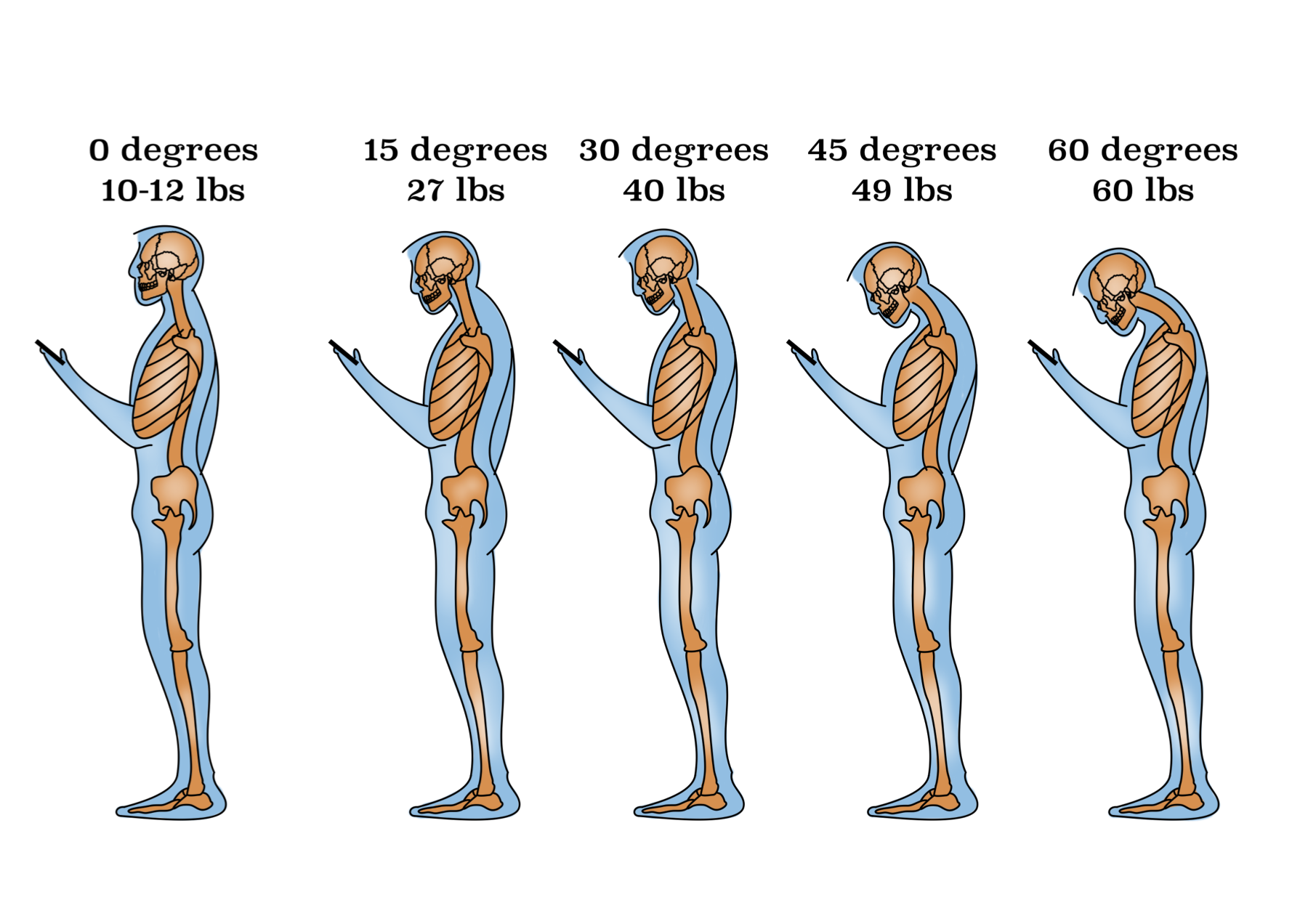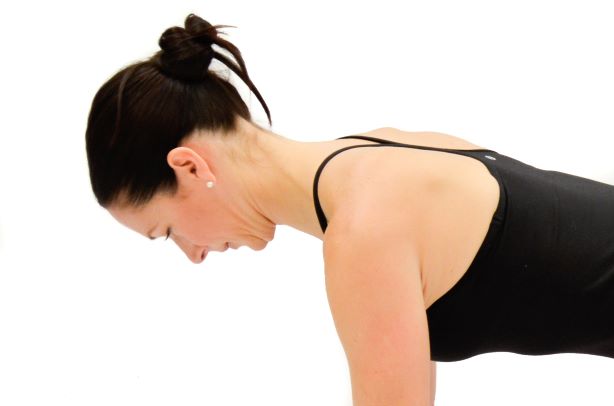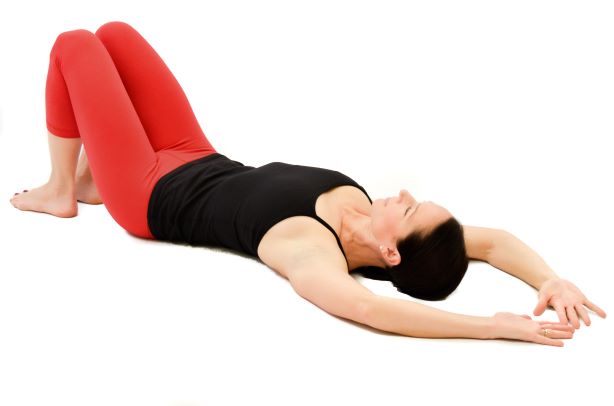
There are multiple health risks associated with forward head posture and the so called “text neck” seems to become a new epidemic. A fairly new risk factor that contributes to this problem is excessive usage of mobile phones, tablets and PCs. Over the past 7 years mobile usage has grown from .3 hours a day to 2.8 hours a day for an average adult. (1) But why and how exactly is forward head posture affecting our health?
A recent article by Kenneth Hansraj, MD the chief of Spine Surgery at New York Spine Surgery and Rehabilitation describes that as the head tilts forward its weight effectively goes from 10 to 12 pounds in the neutral position to as much as 60 pounds at 60 degrees of flexion, which is the typical position that we have using a mobile device. (2) This puts significant pressure on the spine and can lead to neck and back pain. But your spine is not the only thing that is impacted by posture: according to the American Journal of Pain Management “Posture effects and moderates every physiological function from breathing to hormonal production. Spinal pain, headache, mood, blood pressure, pulse, and lung capacity are among the functions most easily influenced by posture.” (3) There is also evidence that poor thoracic posture shows “a trend towards greater mortality” as discussed in a study by the Journal of the American Geriatrics Society. (4)

Over time this forward head position leads to ligamentous creep deformation having lasting neurophysiological effects. This was demonstrated with a feline study that found the creep deformation that occurred over the first 30 minutes did not recover with 10 minutes of rest and was present up to 7 hours later. (5)
The other finding of this research was even more alarming: the primary risk factor was not the load but rather the duration of the load. The implication of this is concerning given we spend an average of 2.8 hours a day using our mobile device.
In addition to the ligamentous deformation, muscle adaptations occur resulting in the ‘Upper Cross Syndrome’ as described by Janda. The UCS is characterized by tightness of the upper trapezius, levator scapula and pectoral muscles along with weakness of the deep cervical flexors and middle to lower trapezius muscles.
What can you do about it?
First and foremost: limit your screen time as much as possible. Apart form that, you can try to integrate the following exercises into your day. They require minimal time and no equipment and can help to prevent the above-described deformation and adaptation risks:
#1 Chin Tuck:
Begin by positioning yourself in quadruped position with hips aligned over knees and shoulders aligned over hands.
Activate core. Draw head upward toward the ceiling in a straight-line movement. Do not extend or flex head during the movement. Pause at end range. Slowly return to start position. Repeat for 2 – 3 sets of 8 – 10 repetitions.
#2 Floor Angels
Begin lying on floor facing up. Bend knees with feet flat on floor. Extend arms to sides below shoulders level, elbows bent to 90º with palms facing up.
While attempting to maintain forearm contact with floor, slide arms upward, squeezing shoulder blades together. Once forearm can no longer keep contact with the floor, slowly return to start position. Repeat for 2 – 3 sets of 8 – 10 repetitions.
#3 Blackburn T
Begin lying face down. Arms should be extended to sides at shoulder level with hands at 9 and 3 o’clock position. Make hands into a soft fist with thumbs up. A pillow, or rolled towel, may be placed under forehead for comfort.
Activate core muscles. Lift hands and arms toward ceiling. Then squeeze shoulder blades together. Neck muscles should remain relaxed. Hold for 5 seconds. Return to start position. Repeat for 2 – 3 sets of 8 – 10 repetitions.
References:
(1) Bosomworth, D. Mobile Marketing Statistics 2015. Retrieved from: http://www.smartinsights.com/mobile-marketing/mobile-marketing-analytics/mobile-marketing-statistics/
(2) Hansraj, K. (2014). Assessment of Stresses in the Cervical Spine Caused by Posture and Position of the Head. Surg Technol Int. Nov; 25:277-9.
(3) Lennon et al. (1994). Posture and Respiratory Modulation of Autonomic Function, Pain, and Health. American Journal of Pain Management. 4 (36-39).
(4) Kado et al. (2004). Hyperkyphotic Posture Predicts Mortality in Older Community Dwelling Men and Women: A Prospective Study. Journal of the American Geriatrics Society. Volume 52 (10) 1662.
(5) Jam, B. (2005). The Neurophysiological Effects of the Creep Phenomenon and its Relation to Mechanical Low Back Pain.
The WebExercises Story: Created by Clinicians for Clinicians
We understand the challenges that clinicians face on a daily basis: lack of patient engagement, high drop-out rates, time-crunched clinicians. We developed a solution for you and your patients that provides you with great clinical education, efficient and evidence-based exercise programming, and an engaging patient experience . To find out more how WebExercises can improve your practice call us 866-411-4825 or visit webexercises.com.




